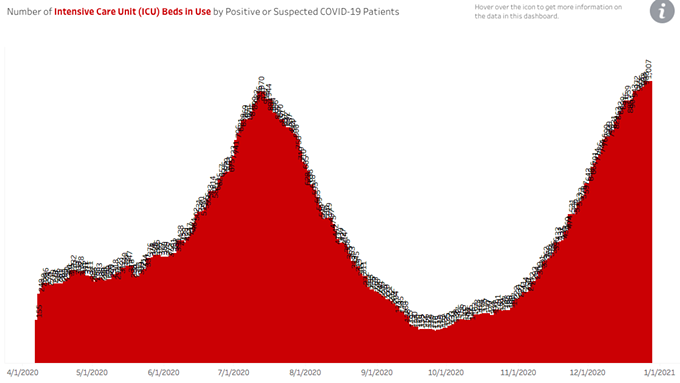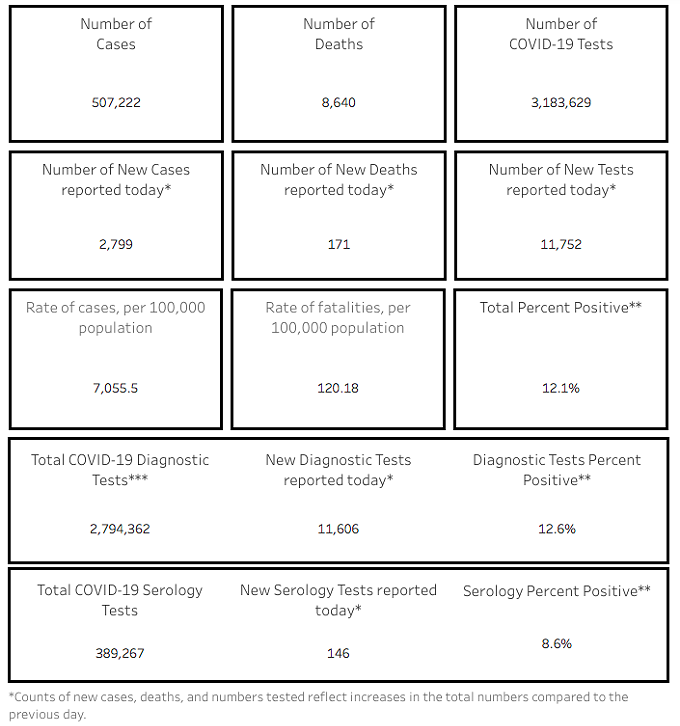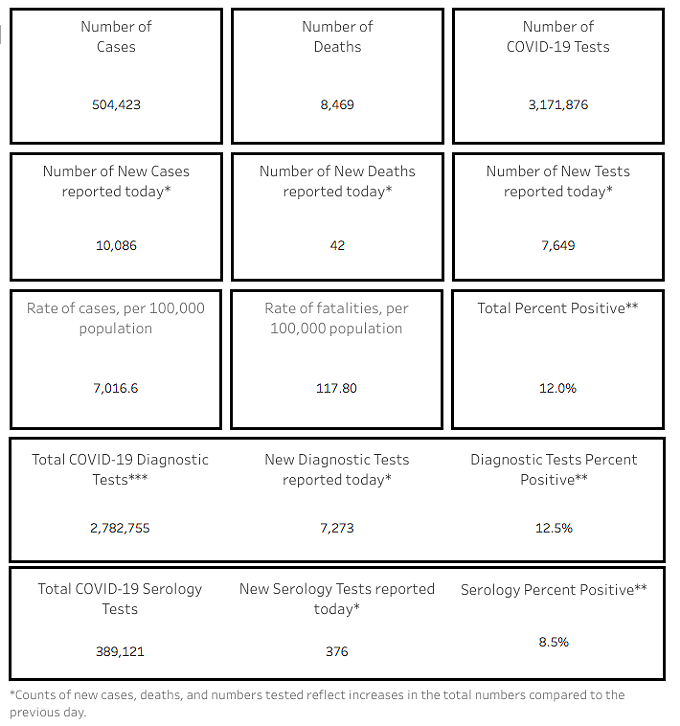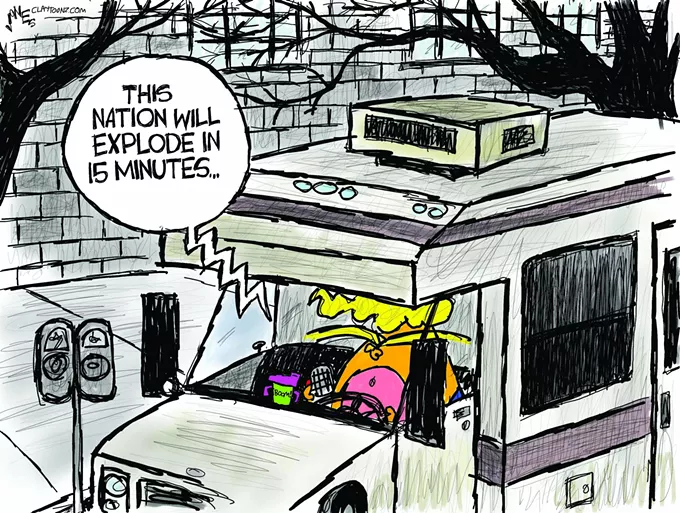Tuesday, December 29, 2020
LOS ANGELES – Being locked up was supposed to be a punishment for Terry “Tank” Johnson. It also turned out to be an awakening.
In the early 2000s, the product of Tempe McClintock High and the University of Washington was basking in the spotlight of football success – playing seven NFL seasons with Chicago, Dallas and Cincinnati – but he was leading a double life. In 2007, while the Bears were getting ready to play in Super Bowl XLI, Johnson was navigating the criminal justice system.
As a young man looking to have fun, Johnson said, he put himself in “uncontrolled environments,” including his November 2005 arrest in a Chicago nightclub for unlawful possession of a handgun. He was convicted and given probation.
But there were subsequent brushes with the law, including illegal possession of weapons and drugs, culminating in a March 2007 court order remanding him to 120 days behind bars for violating the terms of his probation.
He languished at first, frustrated by his bad choices. He went to the Cowboys and then the Bengals, but his football career was essentially over. But because of what he witnessed during incarceration, Johnson turned that disappointment into motivation, and he now finds himself a key figure in a renewed debate about the role of private for-profit prisons.
With more than 2,700 new cases reported today, the number of Arizona’s confirmed novel coronavirus cases topped 507,000 as of Tuesday, Dec. 29, according to the Arizona Department of Health Services.
Pima County, which reported 1,313 new cases today, has seen 67,679 of the state’s 507,222 confirmed cases.
A total of 8,640 Arizonans have died after contracting COVID-19, including 1,023 deaths in Pima County, according to the Dec. 29 report.
The number of hospitalized COVID cases statewide continues to soar as the virus has begun to spread more rapidly, putting stress on Arizona’s hospitals and surpassing July peaks. ADHS reported that as of Dec. 28, a record 4,475 COVID patients were hospitalized in the state. The summer peak of 3,517 hospitalized COVID patients was set on July 13; that number hit a subsequent low of 468 on Sept. 27.
A total of 2,117 people visited emergency rooms on Dec. 28 with COVID symptoms. That number, which hit a new record of 2,166 earlier this month, had previously peaked at 2,008 on July 7; it hit a subsequent low of 653 on Sept. 28.
A total of 1,053 COVID-19 patients were in intensive care unit beds on Dec. 28, breaking the 1,000 threshold for the first time. The summer’s record number of patients was 970, set on July 13. The subsequent low was 114 on Sept. 22.
Healthcare system continues to buckle under strain
The Pima County Health Department shared a number of sobering statistics about COVID-19 yesterday:
• There is an all-time high of 1,512 medical/surgical beds in use in Pima County.
• Med/Surg bed availability hit an all-time low with 2%, or just 33 beds available in the county.
• On Monday morning there were 96 patients waiting for an inpatient bed, 62 of whom were COVID-19 patients.
• There are 669 hospital patients who are COVID positive.
• ICU beds usage hit an all-time high with 364 ICU beds in use, 198 are COVID-19 patients, the most ever. Despite an increase of 20 ICU beds in the past week, only 2% (9 beds) remain available. Hospitals continue to implement their surge plans to add ICU capacity.
• COVID-19 patients account for 54% of ICU bed and ventilator usage.
• There was a record high of 27 COVID-19 ICU admissions in a single day in the past 24 hours.
• On Christmas Day, County hospitals reported 19 COVID-19 deaths.
Last week, the Pima County Health Department warned that the healthcare system is in danger of becoming overwhelmed within the next two to three weeks if the spread of COVID-19 continues at its current pace.
The ancient people of western Utah’s Danger Cave lived well. They ate freshwater fish, ducks and other small game, according to detritus they left behind. They had a lush lakeside view with cattails, bulrushes and water-loving willows adorning the marshlands.
But over time, the good life became history. As heat and drought set in, the freshwater dried up, and the ancients were forced to survive by plucking tiny seeds from desert shrubs called pickleweed. Archaeologists know this from a thick layer of dusty chaff buried in the cave’s floor.
It might be ancient history, but science tells us that the past could also become the future. In fact, thanks to global warming, regional climate patterns linked to extended periods of heat and drought that upended prehistoric life across the Southwest thousands of years ago are setting up again now.
“The benefit of any kind of paleoclimate data is that it tells us what nature is capable of,” said Matthew Lachniet, a paleoclimatologist at the University of Nevada, Las Vegas.
The climate risk across the Southwest is actually growing, based on Lachniet’s recent study of a different cave about 200 miles across the Great Basin, which covers most of Nevada and the western half of Utah.
His geochemical data from Leviathan Cave in Nevada shows that drought can last 4,000 years – findings that Lachniet’s team cross-checked against paleoclimate data from the Arctic and tropical Pacific. In short, the story in the cave data suggests a worst-case scenario that could – and probably should – guide planning throughout the Southwest, home to 56 million people.
Monday, December 28, 2020
WASHINGTON – After years of steadily slashing the number of refugees it will accept, the U.S. can expect to see an increase under the incoming Biden administration.
An eight-fold increase and then some.
President-elect Joe Biden has said that when he enters office next month, he plans to raise the number of refugees who can be admitted to the U.S. to 125,000 from the current cap of 15,000.
The current number was the most recent in an annual series of reductions by President Donald Trump, who inherited a refugee cap of 85,000 from President Barack Obama. Trump has since cut the number steadily, to 50,000 in 2017, then 45,000, then 30,000, then 18,000 for 2020 and, finally, 15,000 for next year.
Refugee groups in Arizona have compared the Trump administration’s cuts to the U.S. “closing its doors during the Holocaust.” The reduction comes despite what the United Nations High Commissioner for Refugees calls the largest international refugee crisis since the end of World War II, with almost 80 million people, or about 1% of the world’s population, forcibly displaced.
Other critics said the move harmed the country’s reputation as a world leader, for failing to lead by example.
But defenders of the new refugee ceiling – the lowest since the Refugee Act of 1980 – said it will protect American jobs during the recession and limit the abuse of the policy by those who are not in humanitarian need.
PHOENIX – A team of researchers at Petrified Forest National Park east of Holbrook have discovered fossilized remains of a new species of prehistoric reptile. The 220-million-year old burrowing reptile is a drepanosaur, an ancient reptile that had a claw on its tail and a birdlike beak.
Researchers, who named the species Skybalonyx skapter, announced the discovery Oct. 8.
Originally, drepanosaurs were thought to have lived in the trees that grew lush in prehistoric Arizona, but Bill Parker, a paleontologist with Petrified Forest National Park, said Skybalonyx skapter suggests something else.
“The new one, we think, is actually what they call fossorial, so it actually dug in the ground and burrowed,” Parker said. Researchers suspect the claw on the tail, as well as elongated claws on the reptile’s second fingers, helped it dig for bugs to eat.
Skybalonyx was discovered by a group of summer interns from Arizona State University, Virginia Tech, the University of Washington and other colleges who teamed with park researchers to scour an area of the park known as Thunderstorm Ridge.
With more than 10,000 new cases reported today, the number of Arizona’s confirmed novel coronavirus cases topped a half-million as of Monday, Dec. 28, according to the Arizona Department of Health Services.
Pima County, which reported 1,313 new cases today, has seen 67,360 of the state’s 504,423 confirmed cases.
A total of 8,469 Arizonans have died after contracting COVID-19, including 983 deaths in Pima County, according to the Dec. 28 report.
The number of hospitalized COVID cases statewide continues to soar as the virus has begun to spread more rapidly, putting stress on Arizona’s hospitals and surpassing July peaks. ADHS reported that as of Dec. 27, a record 4,390 COVID patients were hospitalized in the state. The summer peak of 3,517 hospitalized COVID patients was set on July 13; that number hit a subsequent low of 468 on Sept. 27.
A total of 1,877 people visited emergency rooms on Dec. 27 with COVID symptoms. That number, which hit a new record of 2,166 earlier this month, had previously peaked at 2,008 on July 7; it hit a subsequent low of 653 on Sept. 28.

A total of 1,007 COVID-19 patients were in intensive care unit beds on Dec. 27, breaking the 1,000 threshold for the first time. The summer’s record number of patients was 970, set on July 13. The subsequent low was 114 on Sept. 22.
Healthcare leaders continue to plead with public to stay home as much as possible as healthcare system is overloaded
Arizona’s largest hospital system continues to experience record occupancy levels and overflowing morgues, resulting in bodies being stored in refrigerated trucks.
Banner Health’s Chief Clinical Officer Dr. Marjorie Bessel shared in a press conference last week that 58% of the hospitals’ adult ICU beds and 74% of its ventilators are being used by COVID-19 patients.
Compared to a pandemic-free winter season, Banner hospitals are seeing 160% of their peak winter occupancy.
As more patients die from COVID-19, Bessel said Banner hospitals are seeing two to three times more bodies than they typically store in their morgues, causing some hospitals to place bodies in refrigerated trucks.
According to Bessel, nearly half of their deceased patients died from coronavirus.
Bessel said Banner expects the peak of the current COVID-19 surge to hit in early to mid-January.
“The biggest concerns as we go into that significant surge and experience that post-holidays in January will be continued strain on our health care system,” Bessel said. “We've had to take steps to reduce or stop elective surgeries and procedures. These are patients that need these procedures. In addition to that, as we have significant more surge forecasted to happen in January, it will cause additional strain on our staffing.”
WASHINGTON – For four years, the Trump administration took steps to boost uranium mining for what it called national security reasons, a move environmentalists saw as an attempt to open the door to mining near the Grand Canyon.
President-elect Joe Biden may be ready to shut that door for good.
“I can’t believe I have to say this, but we can’t let Donald Trump open up the Grand Canyon for uranium mining,” Biden tweeted in August, after a Trump administration task force on nuclear fuel proposed relaxing restrictions on mining on federal lands.
In a statement posted at the same time, Biden called the Grand Canyon an “irreplaceable jewel” and blasted the Trump administration’s mining plan, saying he would focus instead on developing clean energy. While Biden did not lay out a specific mining plan, his statement was still enough for Kevin Dahl.
“I’m thrilled that the new administration has taken that stand even before inauguration. It’s a well-considered policy,” said Dahl, the Arizona senior project manager for the National Parks Conservation Association.
Mining supporters disagree, saying that “well-considered policy” is actually short-sighted and ill-informed.
“Mining on this land can be done responsibly and would bring hundreds of good-paying jobs to my district,” said Rep. Paul Gosar, R-Prescott. “As I have said on many occasions, this withdrawal is not about protecting the Grand Canyon, but crippling the domestic uranium mining industry.”
The withdrawal Gosar referred to was then-Interior Secretary Ken Salazar’s decision in 2012 to impose a 20-year moratorium on new mines on just over 1 million federal acres around Grand Canyon National Park. The moratorium was aimed at protecting the Grand Canyon watershed from “adverse effects of … mineral exploration and development.”
Dahl said the moratorium has allowed scientists to study the risks and impacts mining could have on the environment, and has led to interesting discoveries about the watershed.
Friday, December 25, 2020
Arizona in Focus is a podcast from Cronkite News, the news division of Arizona PBS. This season we are focusing on science and technology stories that explore everything from driverless cars to innovating a vaccine during the pandemic.
PHOENIX – Planetary scientists have confirmed the existence of a large saltwater lake under the icy surface of Mars, and they discovered three more lakes beneath the red planet’s south pole.
The discovery, which was published in the journal Nature Astronomy in September, is based on radar data obtained from the European Space Agency’s Mars Express spacecraft.
Listen to the full podcast here.
“Mars actually has a lot of water in a lot of different places and a lot of different forms,” said Jonathon Hill, a mission planner at Arizona State University’s Mars Space Flight Facility. “But none of them are in forms that would even potentially, you know, provide for current life somewhere. This (new research) I think, has the potential to be different.”
In 2018, the spacecraft’s Mars Advanced Radar for Subsurface and Ionosphere Sounding detected an underground lake of water about 4,921 feet below the ice, according to the European Space Agency’s website. The three new lakes vary in size, but the largest is 65,616 feet by 98,425 feet. Scientists say the lakes likely have a high salt content to remain liquid in temperatures as low as minus 225 degrees Fahrenheit.
Mars used to be “warmer and wetter with water flowing across the surface, much like early Earth,” the European Space Agency said.
“While it is not possible for water to remain stable on the surface today, the new result opens the possibility that an entire system of ancient lakes might exist underground, perhaps millions or even billions of years old,” it said. “They would be ideal locations to search for evidence of life on Mars, albeit very difficult to reach.”










